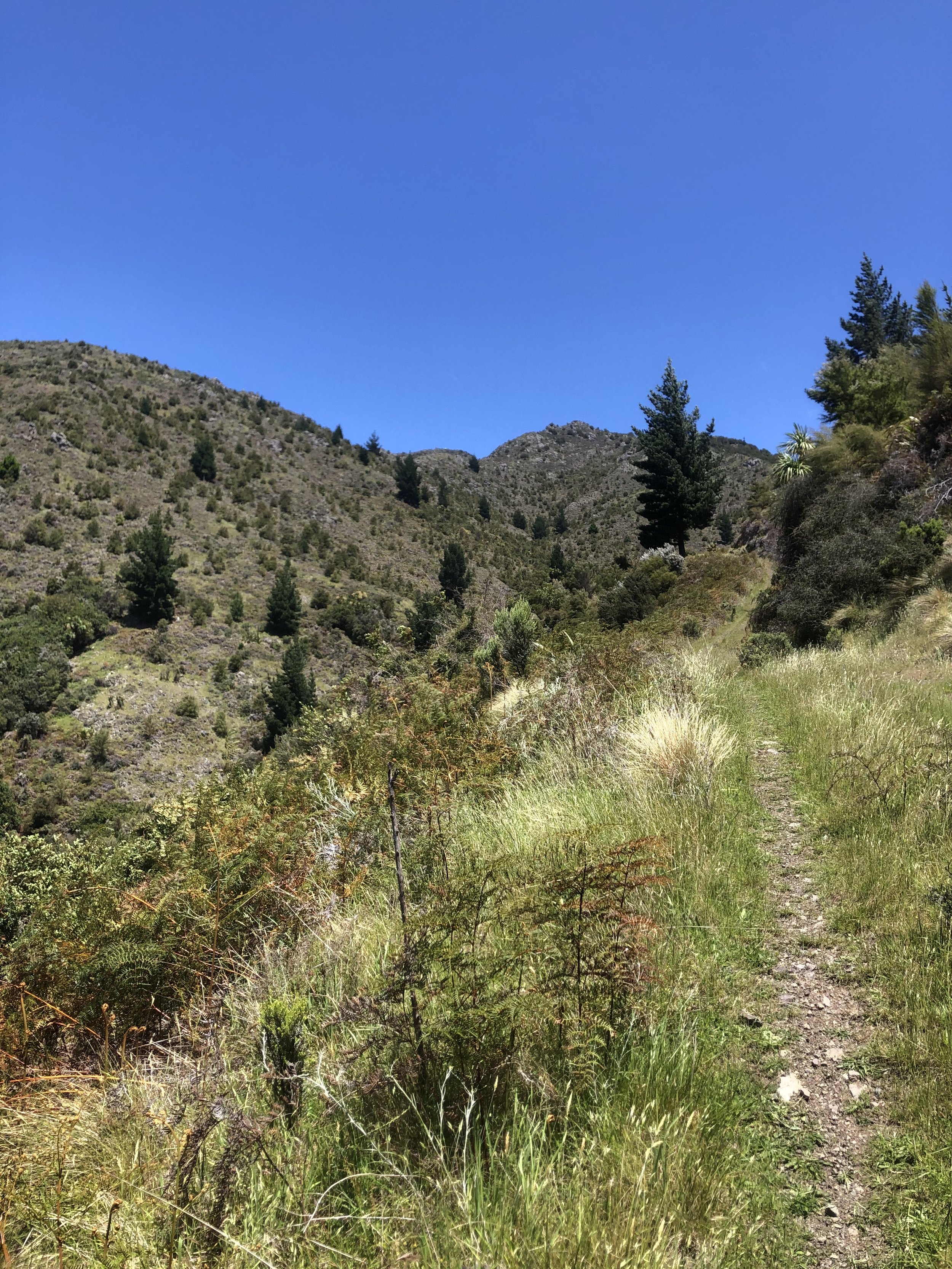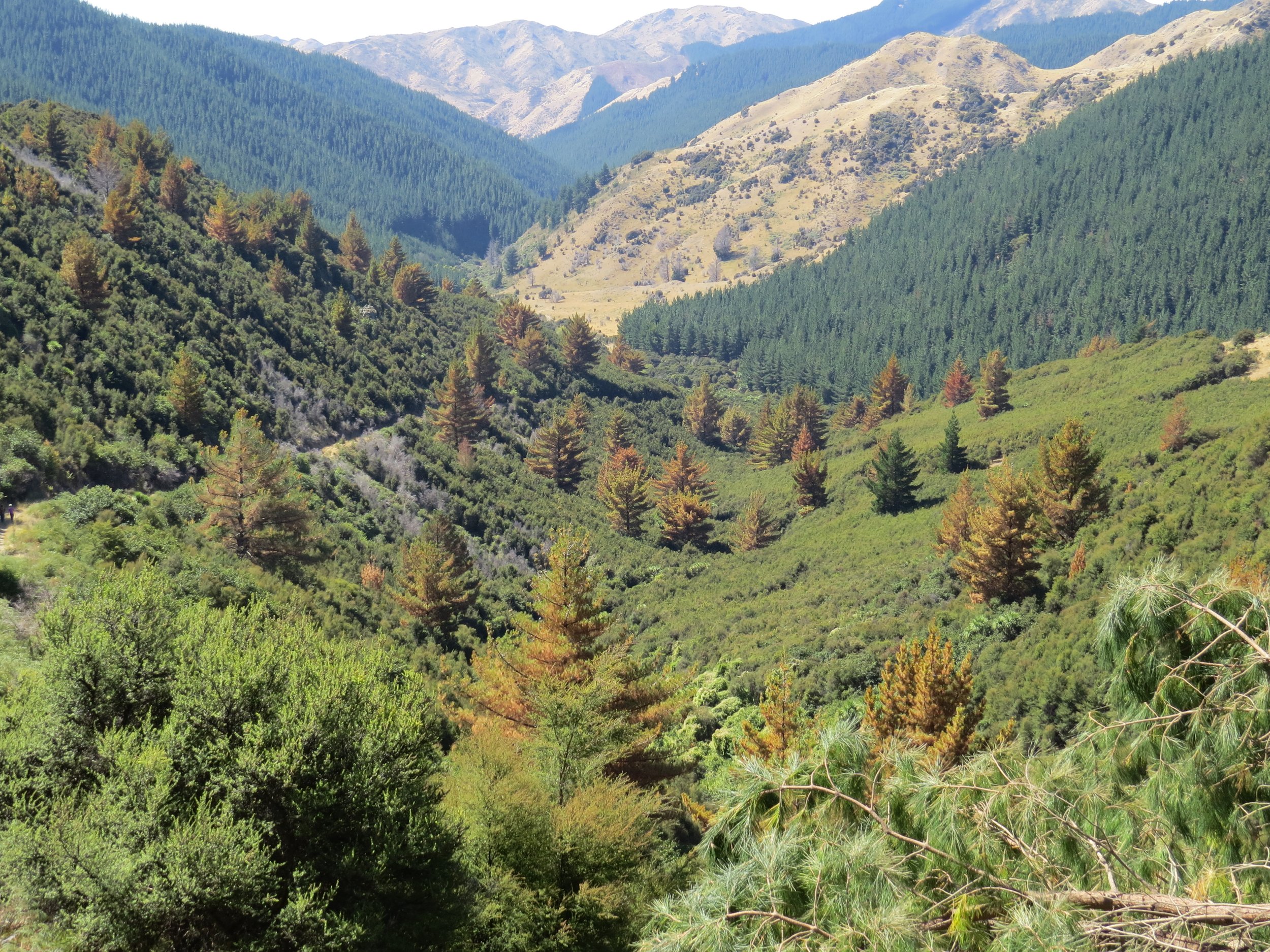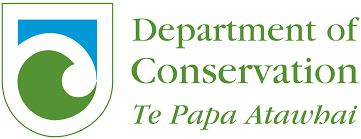We are actively working to contain or control existing wilding conifer sites, and prevent new wilding conifer sites.
Awatere Valley
Landowners have supported the Trust to control wilding pines in the Awatere management area since 2018. Our work in the Awatere has increased our sense of urgency and appreciation that a stitch in time really does save nine. For $2.50 per hectare ($200,000 over 80,000 hectares) we have made a real difference over the last 5 years. We have found and treated more than 30 new contorta sites in the Awatere, including new infestations on the slopes of Tapuae-o-uenuku. We estimate the nearest contorta seed source is more than 20 km away. Seed from pest conifers that grow and reach cone bearing age (approximately 7 years) can be blown long distances during high wind events and the cycle begins again.
Ferny Gair / Black Birch
Mature wilding conifers are widely scattered throughout the sector, primarily comprising Radiata, Douglas fir and a disturbing number of Contorta Pine on the Black Birch. Other species are also present at lower abundance, including P. sylvestris and P. monticola. Most of these have spread from:
Much of the Radiata has spread from the pine plantations growing on the lower slopes.
Unsuccessful removal of Contorta pine planted on Black Birch.
Original Waihopai and Wye seed source areas to the north.
Douglas fir plantations within the Awatere Valley.
Volunteers have helped us to control wilding pines on the Black Birch ridge area. There are a number of “bomb sites” with 100’s of trees spreading from coning Contorta pine.


The Ned/Te Hau
Mature wilding pines have been taking over this 20,000 hectare area which straddles the Taylor Pass Road behind Blenheim. At risk is one the last remnants of regenerating lowland forest in the Branch tributary of the Taylor River.
Mature Radiata pine are scattered throughout this sector, and can out-compete the regenerating native forest. In these before and after photos you can see where the wilding pines are able to dominate.
With help from the many landowners in The Ned/Te Hau area and funding from central government we can help preserve one of Malborough’s largest areas of lowland indigenous forest, on the north flank of The Ned.
Branch Leatham
The Trust wants to take the 52,000 hectare Branch Leatham Conservation Area out of the too hard basket (because it is complex and out of sight) and make progressive containment of the wilding conifer infestations a priority. Our assessment of the area shows that the scattered and low density areas comprise 50% of the Branch Leatham and include the alpine tops where Contorta pine is spreading and the indigenous forest is being invaded by Douglas fir.
In 2021 we made a start controlling Contorta pine in the Lost Stream which flows into the Branch River. To date this has involved more than 40 volunteer days and funding from the Department of Conservation to undertake a trial aerial control programme.
We hosted the Minister of Conservation, Eugenie Sage, to look over the area and see the scale of the problem. She had the following to say on Facebook:
"Wilding conifer spread in Marlborough’s Wairau valley is impacting on native forests, river flows, and pastoral farming. Tenacious and focused work by the South Marlborough Landscape Restoration Trust to control wildings is impressive. It has kept tussocklands clean, restored steeplands, and prevented the infestations getting so much worse, The Trust has an ambitious plan to remove dense wilding infestations in the Leatham valley and beyond to protect native landscapes from Molesworth to Nelson Lakes. My job is to find some serious funding to tackle a serious problem."
South Marlborough Landscape Restoration trustees with Minister of Conservation Eugenie Sage at Greg’s Hut, Branch River - 26 November 2019










